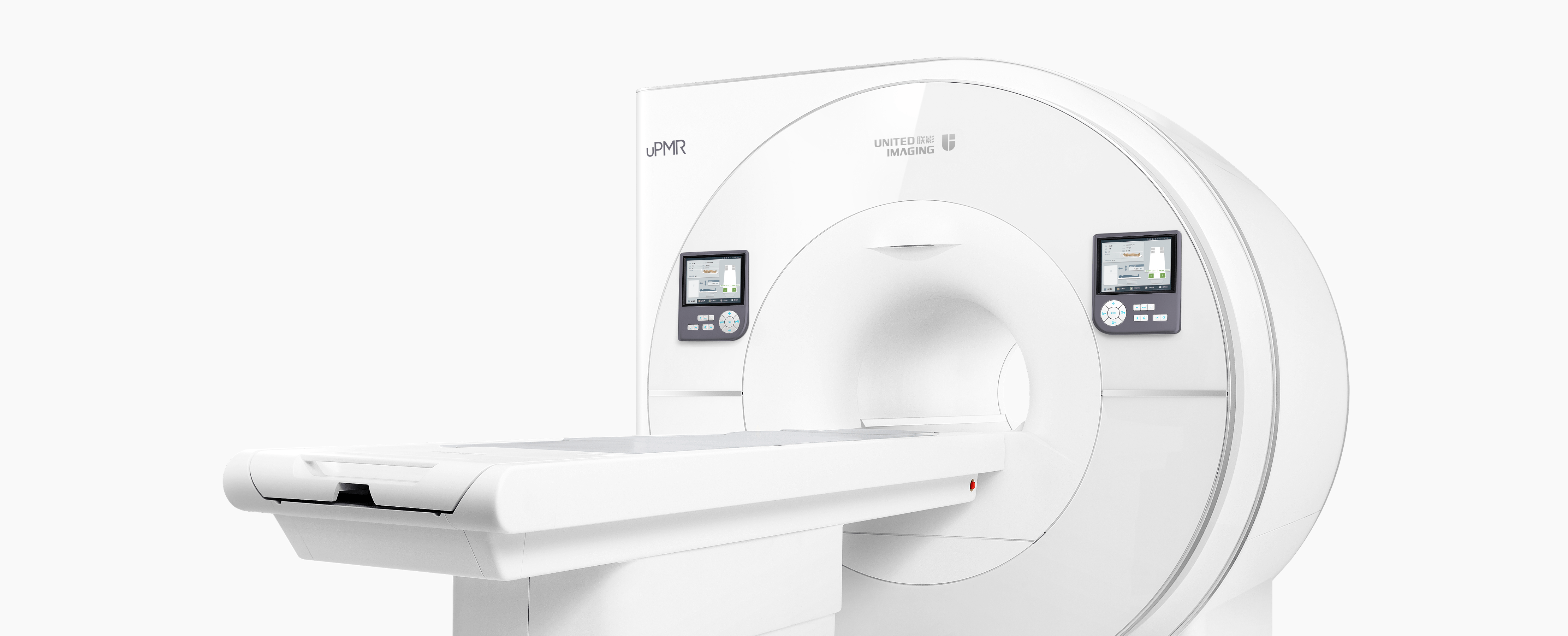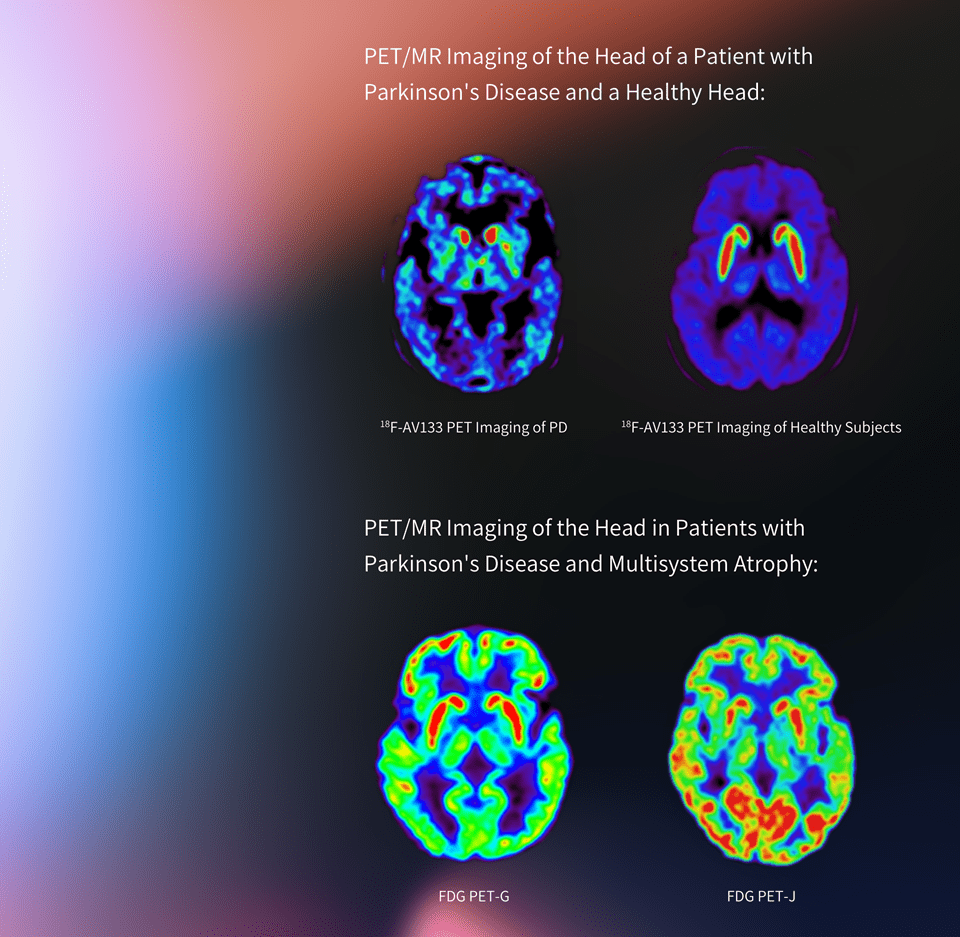With the help of medical imageology, we can find brain lesions before clinical features appear and provide a more direct basis for judgment to achieve more accurate early screening of PD.
However, due to the varying imaging characteristics of different medical imaging equipment, the final results have their own limitations. For example, the commonly used CT and MR scans have advantages only in single brain structure imaging or brain function imaging. It is difficult for us to get comprehensive information.
The emergence of integrated PET/MR has broken through previous limitations. It allows us to observe changes in the patient's brain structure, brain function and metabolic pattern at one time. This breakthrough helping doctors get a deeper understanding of the pathogenesis, provide more objective and quantitative diagnostic basis. In January 2019, United Imaging Healthcare's integrated PET/MR system was installed in Xuan Wu Hospital of the Capital Medical University, which took a leading position in the field of neurological diagnosis and treatment in China. A series of case studies have proved that integrated PET/MR can help doctors make accurate judgments and avoid misdiagnosis.


